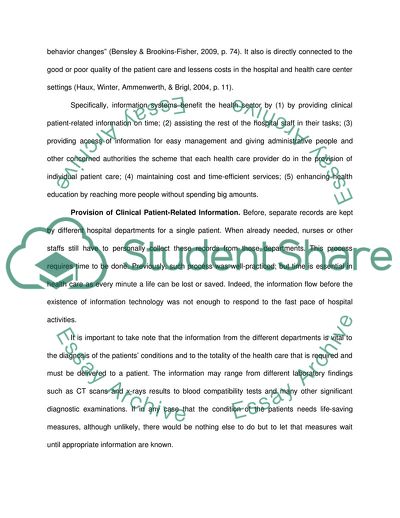Cite this document
(Using Technology in Health Education Research Paper, n.d.)
Using Technology in Health Education Research Paper. https://studentshare.org/health-sciences-medicine/1735821-the-roles-of-information-systems-in-health-education
Using Technology in Health Education Research Paper. https://studentshare.org/health-sciences-medicine/1735821-the-roles-of-information-systems-in-health-education
(Using Technology in Health Education Research Paper)
Using Technology in Health Education Research Paper. https://studentshare.org/health-sciences-medicine/1735821-the-roles-of-information-systems-in-health-education.
Using Technology in Health Education Research Paper. https://studentshare.org/health-sciences-medicine/1735821-the-roles-of-information-systems-in-health-education.
“Using Technology in Health Education Research Paper”. https://studentshare.org/health-sciences-medicine/1735821-the-roles-of-information-systems-in-health-education.


